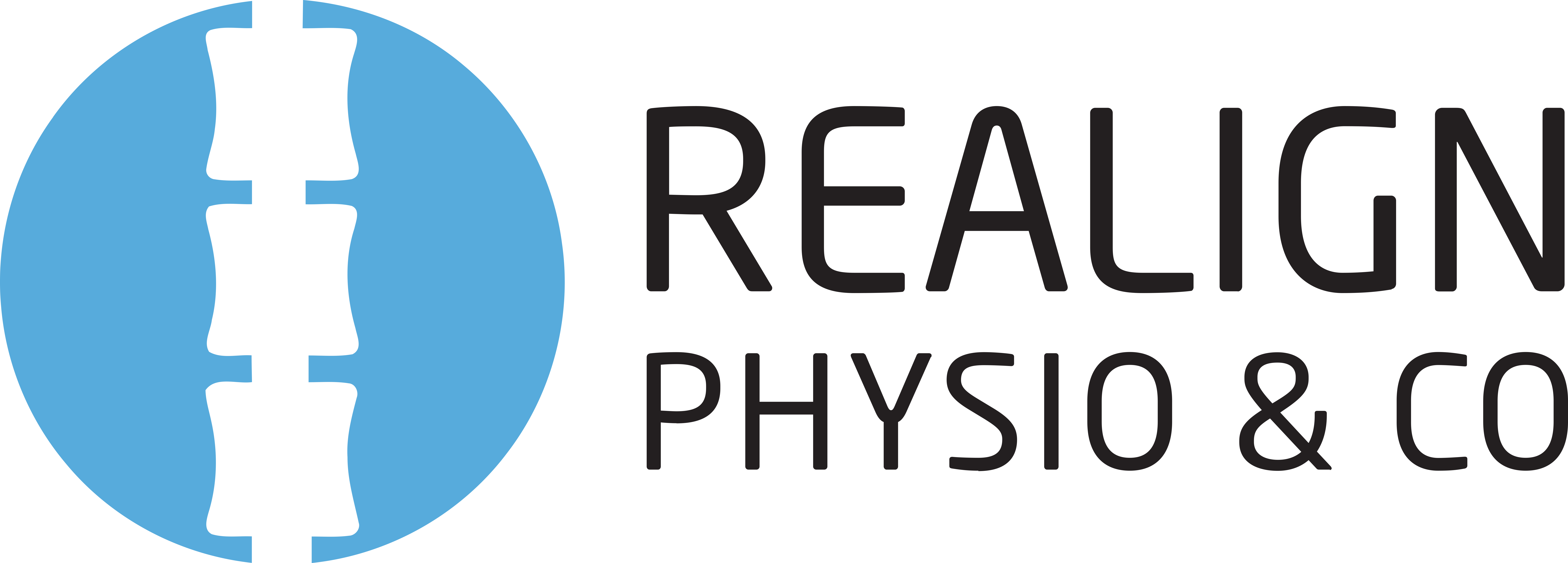
Understanding Neck Pain: A Physiotherapy Perspective
Neck pain is far more common than you might think, according to the Australian Pain Management Association 1 in 5 readers of this newsletter probably already suffers neck pain. In fact, the chance that you will have neck pain at some point in your lifetime is nearly 50%.
Neck pain can have many different causes, such as mechanical due to sustained postures and muscular strain. It can also refer to other parts of the body causing headaches, shoulder and mid-back pain. Neck pain can also be radicular, which means it comes from nerve compression or inflammation causing severe symptoms such as arm tingling, weakness and numbness.
When left untreated a mechanical neck pain can lead to both referred pain and radicular pain. The body has to adapt to ongoing muscular strain, changing its anatomy, consequently causing stress in adjacent areas and nerve compression.
Neck Pain and Chronic Pain
With technology, the incidence of neck pain and its consequences are getting more and more common. Unfortunately, in most cases, we are only treating the symptoms and not the cause of the headache. Thus creating a vicious cycle and many people end up having to take strong pain medication on a regular basis.
Living with chronic pain can be quite challenging. In many cases, it leads to a change in lifestyle causing depression and anxiety.
If you have been experiencing ongoing neck pain or have been involved in a whiplash injury, it is recommended that you see a Physiotherapist.
Due to the complex neck anatomy and its nerve ramifications, the symptoms below can also be associated with neck problems
- Migraines
- Poor gaze stabilisation
- Temporo-mandibular dysfunctions
- Tinnitus – ear clicking, buzzing or roaring signs
- Dizziness
How GPR can help
The combination of vertebral manipulation and exercise is considered best practices in Physiotherapy for neck pain.
Global Postural Re-education or GPR is the only physiotherapeutic method which combines gentle joint manipulation with sustained stretch and muscular strengthening, during the same therapeutic pose.
GPR Benefits
- Promotes vertebral re-alignment through gentle manipulation along the muscular system and its fascial connections
- Joint decompression
- Pain relief
- Increases muscular strength
Clarisse Reis
Principal Physiotherapist
APAM/ Cert. GPR/ Cert. Acupuncture
